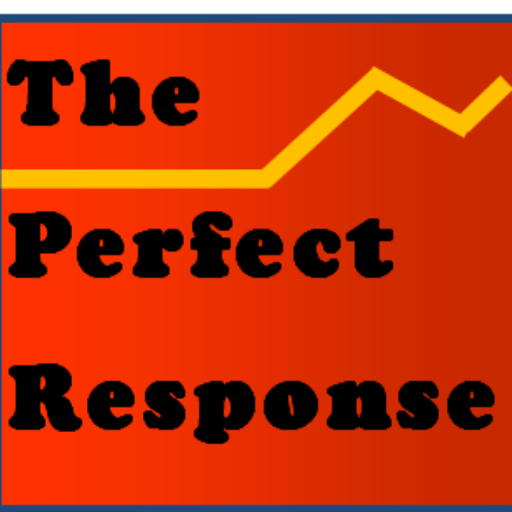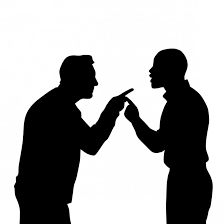Members of Congress have skillfully managed the rhetorical tools of personalization and indictment, finally matching what the former President and his media enablers have done for years.
Congressional hearings have always functioned to shed light on darker corners of American life that the nation should see. And that is exactly the function of the Select Committee to Investigate the January 6th Attack on the United States Capitol. The Committee is made up of 13 members of the House of Representatives, with the consent of the Speaker. Given the gravity of the attack on the Capitol Building the very day the Congress was set to certify the 2022 election, the goal was to have a bipartisan group of members hold hearings. Readers will remember that Speaker Pelosi rejected a few Republicans opposed to any suggestion that the actions of the insurrectionists were seriously out of line. Hence, the uber-debater Jim Jordan of Ohio and a few other Republicans were excluded, triggering what now looks like an overreaction by the leader of the minority to boycott the committee. As it stands, two Republican members in the old GOP mold remain. And if Liz Cheney is no longer a rising star within the chaos-voter end of the GOP, her stalwart focus has gained grudging admiration even from her father’s detractors. Cheney’s steady lawyering has given the group much-needed credibility.
As most now agree, the decision of non-participation made by Minority Leader Kevin McCarthy was a serious blunder, because the committee’s work has been riveting television. The GOP’s self-exclusion had the effect of streamlining the usual rambling hearing process by enabling a coherent narrative. And that wasn’t all. The members doubled down, designing their public meetings for television. Without Trump defenders, and with the tradition-breaking addition of scripted “questions” and edited video inserts, committee leaders made a clear path through the usual jungle of individual meanderings. To the bitter regret of Donald Trump, but maybe to the secret pleasure of some silent members of the GOP, the hearings have become a consistent narrative documenting serious malfeasance and likely sedition. The witness documentation of organizational rot in the West Wing has been extensive. The Committee has heard a compelling case that Trump and some of his aides wanted to undermine the constitutionally mandated process of certifying the election of Joe Biden. As stunning as it is to write these words, they sought an insurrection to justify a coup.
A New Kind of Congressional Hearing
Could hearings with members reading their remarks from a teleprompter come across as more than a staged show trial of the MAGA crowd? Most, including a lot of seasoned political columnists thought this strategic move, with its tv-producer managed video inserts, would backfire. And some, including this writer, thought it was a violation of the spirit of congressional hearings. Witnesses have always been pre-interviewed, but not to this extent. Even so, the hearings—part documentary and partly a horror story of presidential collusion—have turned into a television hit. In some ways it is a sleeker reboot of the famous Watergate hearings in the 70s. It’s designed in short scenes that can be easily understood.
Are these still “hearings?” Yes and no. The idea of a select group of members of Congress drilling down on a problem is an old one. But at least traditionally, there was room for dissenters and conflicting narratives. Most of that natural ambiguity has gone away. And perhaps scripting and coordinating member’s comments is a step too far.
But I don’t blame the congressional traditionalists for taking serendipity out of the process in favor of building a case against the administration. At best, members of the Committee have skillfully managed the rhetorical tools of personalization and indictment, finally matching what the former President and his media enablers did for years. The full effect of the Committee’s work is yet to be known. But this fresh look undertaken by the institutionalists is indeed having a moment. We are lucky to have them to dramatize the insurrection for the otherwise distracted public.
![]()



